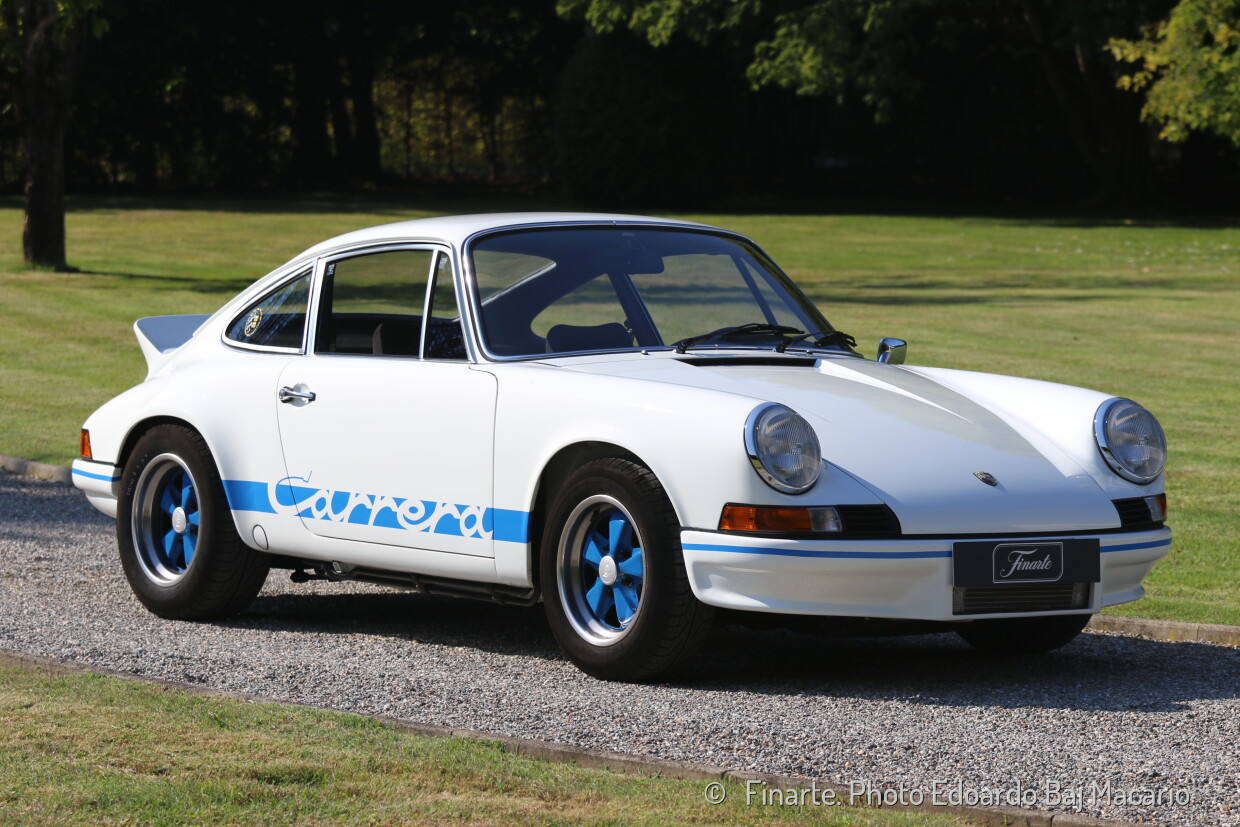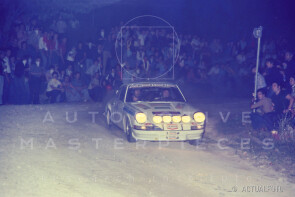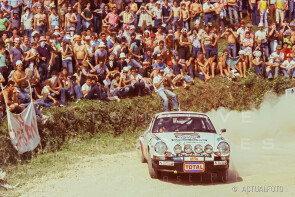
1973 Porsche 911 Carrera RS 2.7 Lightweight
ON/OFF
Why am I an Automotive Masterpiece?
L. Limited edition cars
no. 200 manufactured
The Porsche 911 is a two-door, 2+2 high performance sports car made since 1963. At the IAA (Frankfurt Motor Show) in September 1963, Porsche presented its much more powerful, larger, more comfortable successor to the Porsche 356 as the 901. After 82 cars built and a dispute with Peugeot, Porsche renamed the 911 for its market launch in 1964. The styling was largely by Ferdinand "Butzi" Porsche, son of Ferdinand "Ferry" Porsche. Erwin Komenda, the leader of the Porsche car body construction department, was also involved in the design. Its air-cooled six-cylinder boxer engine (1991 cc) delivered 130 hp, giving it an impressive top speed of 131 mph. In 1966 Porsche presented the 160 hp 911 S (stands for Super), which was the first to feature forged alloy wheels from Fuchs. The 911 Targa, with its distinctive stainless steel roll bar, made its debut in late 1966 as the world's first ever safety cabriolet. The semiautomatic Sportomatic four-speed transmission joined the lineup in 1967. With the 911T of the same year, and the later E and S variants, Porsche became the first German manufacturer to comply with strict US exhaust emission control regulations. The Porsche 911 became more and more powerful as displacement increased, initially to 2.2 liters (1969) and later to 2.4 (1971). 911 S models also gained a discreet spoiler under the front bumper to improve high-speed stability. With the car's weight only 1050 kg, these are often regarded as the best classic mainstream 911s. For racing at this time, Porsche developed the S/T produced in limited numbers from 1970 to 1971, taking full advantage of new FIA rules allowing a two-inch wider track. Accordingly, wheel arches were widened to accommodate seven-inch front and nine-inch rear wheels. The cars were available with engines of either 2466 cc or 2492 cc, producing 270 hp at 8000 rpm. Weight was down to 960 kg. The 911 Carrera RS 2.7 of 1972 with 210 hp engine and weighing less than 1000 kg remains the epitome of a dream car to this day. Its characteristic “ducktail” was the world's first rear spoiler on a production vehicle. Introduced in 1973, the RSR was a factory-built racing car based on the 911 chassis.
The Porsche Carrera 2.7 RS Lightweight or Sport was one of the available versions of the Porsche Carrera 2.7 RS, the sports model of the 911 range presented in Paris in 1972 and the first Porsche to bear the name "Carrera". The Lightweight was identified with the code M471 and shared the mechanics of the Carrera 2.7 RS, but benefited from some changes to reduce weight, such as the fiberglass bumpers, lighter glasses, the absence of rear seats and door panels; thanks to the adoption of these and other details, the weight dropped from 1,100 kg to just 960 kg, making the 2.7 RS Lightweight a thoroughbred sports car capable of reaching 245 km/h, and shooting from 0-100 km/h in just 5.4". The Carrera 2.7 RS had a huge commercial success; instead of the 500 units originally planned, Porsche produced 1500 units to satisfy the request, of which 200 in the "Lightweight" version. The Carrera 2.7 RS allowed Porsche to homologate the model in the GT category and collected excellent racing results in both the 2.7 and 2.8 RSR versions. The competition model derived directly from the Carrera 2.7 RS.
The Porsche Carrera 2.7 RS Lightweight chassis number 9113601443 is one of the 200 lightweight models, produced in 1973 and delivered in Italy in June of the same year; the car has always remained in Italy. The car had a Group 3 racing history with the driver Giorgio Taufer, a protagonist of the S. Martino di Castrozza rally. With Taufer, the car ran the 1974-1977 seasons, hitting three overall victories and five class victories, including the GR.3 1975 and 1977 European championship stages. The restoration was made by the Melli brothers of Pentacar in Italy, a company specializing in racing Porsche; the restoration lasted five years between 2005 and 2010. The car is still matching numbers, and it is painted in the classic white Grand Prix colour with blue lettering and rims; it features all the characteristics of the Lightweight versions, with the Glaverbel lightened glasses, the Recaro bucket seats with manual adjustment, smooth door panels, no clock, glove drawer and no carpet in the interior. The bodywork has the fiberglass bumpers and rubber hooks for closing the engine bonnet. In the front compartment, the carpet and all the sound-absorbing material are absent (another feature of the Lightweight). The car is equipped with the optional limited-slip differential from the Carrera 2.7 RS range; an additional engine oil cooler has been installed in the appropriate front compartment. It was added the opening mechanism of the engine hood and also a double brake pump. The car has ASI and FIVA certificate and Porsche's certificate of origin.




